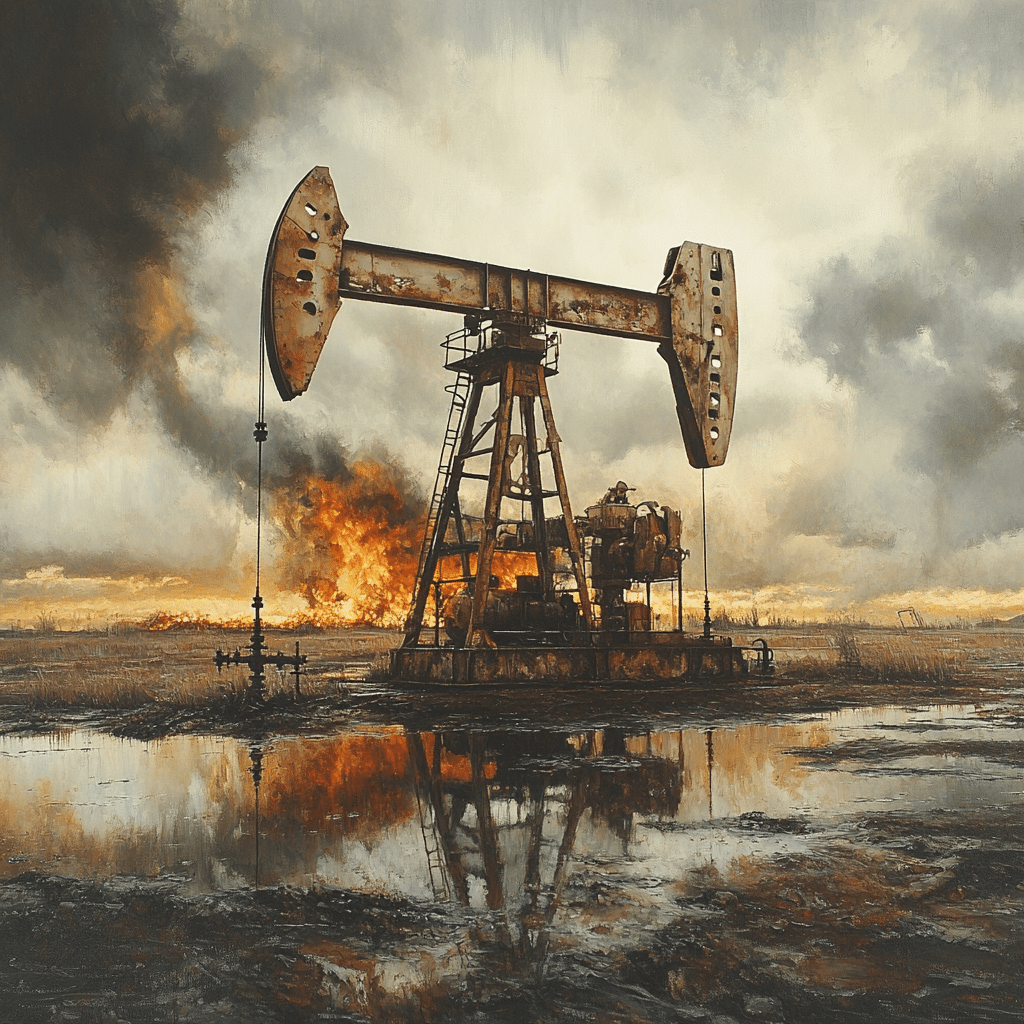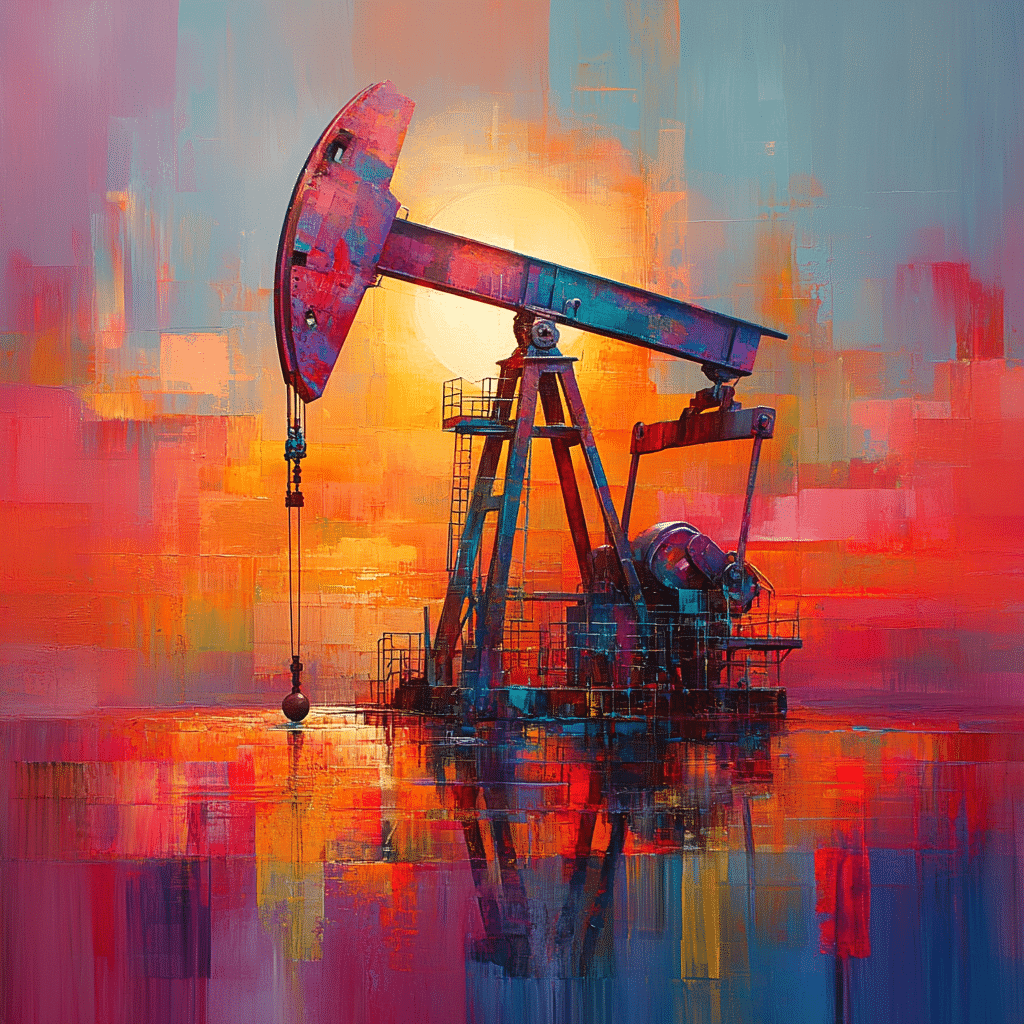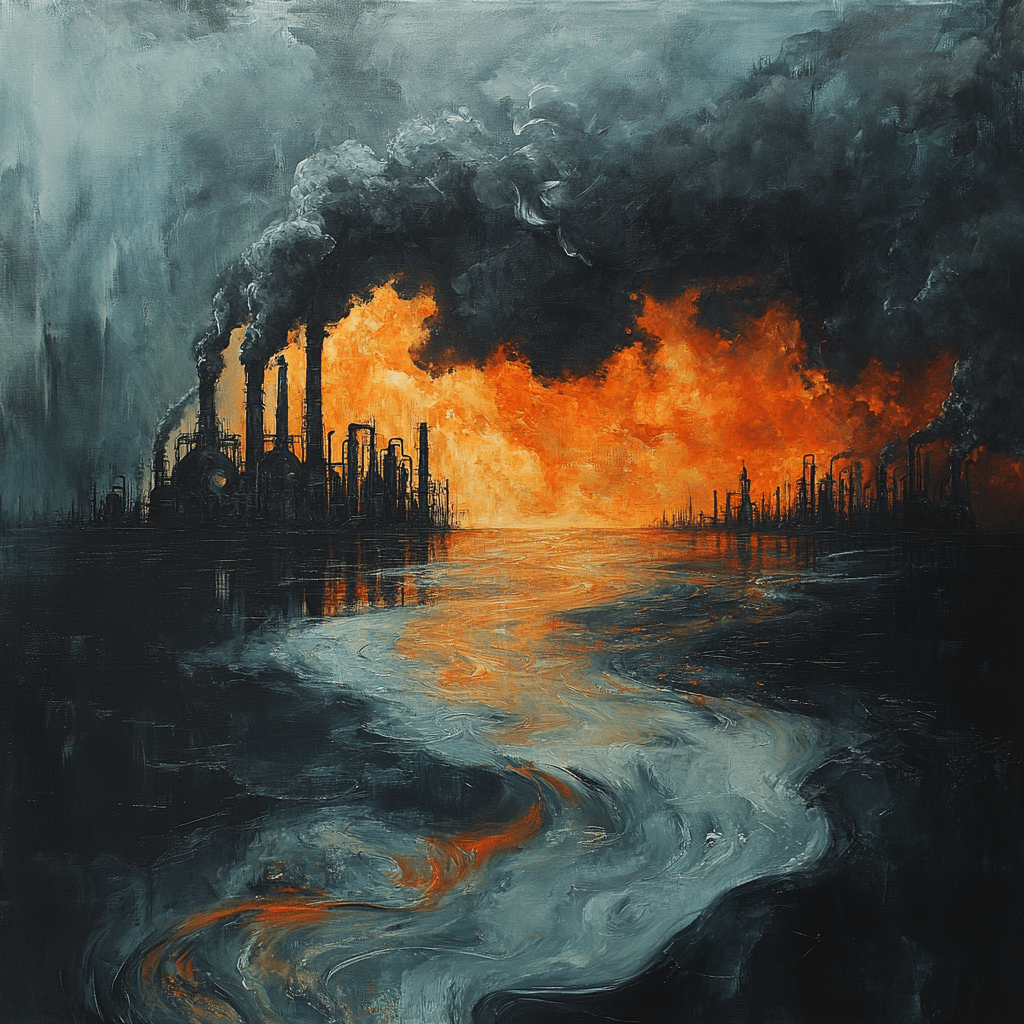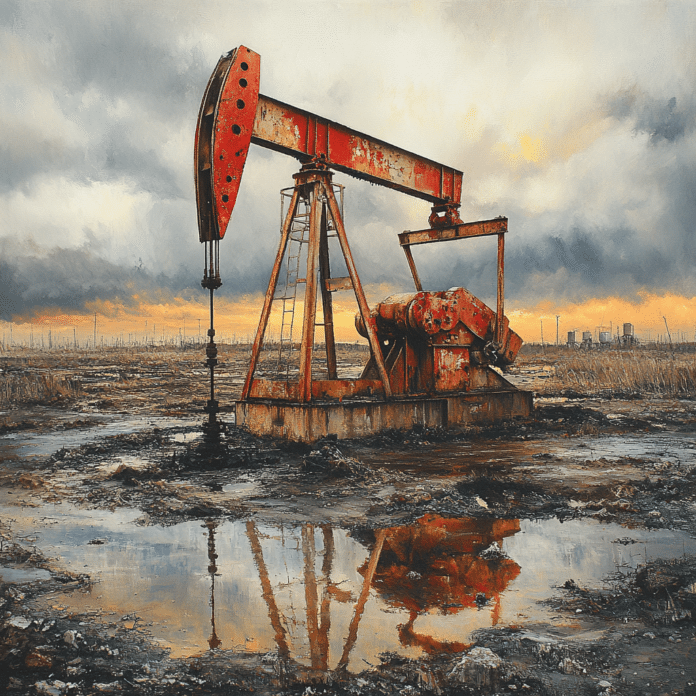The recent surge in oil prices, often referred to as “oil up,” has ignited conversations across the globe. This spike isn’t just a blip; it’s reshaping economies and consumer behaviors alike. With prices rising and demand reconfiguring industries, it’s vital to unpack the implications of this trend and what it means for different sectors moving forward.
5 Major Factors Driving Oil Prices Up

1. Geopolitical Tensions
Natural resources often become the focal point in geopolitical conflicts. Recent tensions in Eastern Europe, particularly surrounding Ukraine, and ongoing strife in the Middle East have created fears around oil supply shortages. Nations like Russia and Iran, which are key players in the oil market, contribute significantly to this volatility. Traders find themselves more reactive than ever, hedging against potential supply disruptions and pushing prices ever higher. As they say, when the world gets shaky, the price of oil tends to take a hike.
2. Increased Demand Post-COVID
As we inch further into 2024, the world is witnessing a renaissance in economic activities, led by a rebound from the COVID-19 pandemic. According to the International Energy Agency, oil demand has skyrocketed, reaching strides not seen since before the global health crisis. Countries are ramping up their energy consumption, driven by renewed transportation, travel, and industrial growth. China, emerging once again as a manufacturing giant, plays a crucial role in this rise, effectively pushing global demand—and oil prices—higher.
3. OPEC+ Production Policies
The Organization of the Petroleum Exporting Countries and their allies, collectively known as OPEC+, hold substantial sway over oil prices through their production policies. Recently, OPEC+ decided to cut production to maintain higher prices, and this strategy reflects an underlying confidence in a swift recovery in the global market. This decision further tightens supply amid growing demand, inflating oil prices and creating a ripple effect throughout the economy.
4. Shift Toward Renewable Energy
The landscape of the energy sector is shifting, with an evident tilt toward renewable solutions. However, in the meantime, the world remains heavily reliant on oil. Companies like Tesla are aggressively moving towards electric vehicles, but the current infrastructure and adoption rate mean that oil dependence is still significant. Companies like ExxonMobil continue to thrive, demonstrating that while the goal is to transition, the present reality keeps prices elevated as the market navigates this tricky phase.
5. Inflation and Economic Policies
Inflation is another factor that can’t be overlooked, as it’s been felt acutely across various sectors. Rising inflation rates translate directly into increased production and logistical costs in the oil industry. As consumers begin to feel these effects in their everyday expenses, the correlation between crude oil prices and general inflation emerges strongly. In a nutshell, when oil goes up, many other prices tend to tag along, echoing the interconnectedness of the economy.
How Oil Prices Impact Other Markets: An Interconnected Analysis
The implications of rising oil prices reach far beyond the energy sector, affecting numerous markets. Here’s how:

The Road Ahead: Navigating Oil’s Uncertain Landscape
As we adjust to what’s likely a long-term reality of higher oil prices, both businesses and consumers will need to recalibrate. Energy stakeholders should reassess risks and investments, while shoppers navigate a landscape where many products experience price shifts. It’s a collective understanding that adaptation is key as we keep daydreaming about progress.
Innovation may hold the key to mitigating these oil dependency risks, pushing the industry toward a more sustainable future. With ongoing technological advancements in energy efficiency, we could see a balanced interplay between traditional oil markets and renewables. As we strap in for this journey, navigating the path toward energy resilience is not just necessary; it’s vital for addressing the uncertainties we face regarding oil prices moving forward.
In the end, as we witness a world that is on the frontier of change, the impact of this oil surge will be felt in ways we might not predict. Keeping our ears to the ground will help us stay ahead in these turbulent times. Oil up indeed—it’s more than a catchphrase; it’s a sign of the times.
Oil Up: The Surge in Prices and Demand
Economic Trivia That Packs a Punch
Did you know that the oil sector’s ups and downs can directly impact everything from household budgets to global politics? When prices go up, folks usually tighten their belts. This brings us to the curious case of companies adapting to these trends; for instance, businesses like Foursight Capital are navigating investments in alternative energy as a response to rising oil prices. It’s a fantastic reminder of how the energy landscape is transforming, aiming for sustainability while wallets feel the pinch.
Speaking of impactful events, let’s take a trip down the sports lane. The Iron Bowl, a college football rivalry between Auburn and Alabama, generates an incredible economic boost in its local area. Just like oil prices, the excitement surrounding major sporting events can lead to skyrocketing demand—this time in hospitality and merchandise. People gather, economies thrive, and the buzz echoes long after the final whistle.
A Global Perspective on Oil Demand
When we talk about oil up, it’s also worth considering how different cultures consume energy. For instance, countries with large populations like Pakistan have their own unique energy challenges. Their energy demands often cause fluctuations in global oil prices, creating a ripple effect worldwide. So, whether it’s oil up or down, understanding these dynamics can provide a clearer picture of the entire energy market. Interestingly, did you know that 80% of the world’s energy comes from fossil fuels? This emphasizes the persistence of traditional energy sources in countries around the globe.
On a completely different note, the intertwining of celebrity and commerce is yet another fascinating aspect of our economy. Take Andrew Tate, for example—checking out What Companies Andrew tate Owns gives us an insight into how personal branding affects market dynamics and can at times overshadow significant sectors like oil. And who could forget pop culture icons? The late Lisa Marie Presley’s estate remains a topic of interest, particularly when discussing Lisa Marie presley net worth, especially in relation to oil’s influence on her family’s wealth.
Innovations and Transition in Energy
As oil prices surge, innovation isn’t far behind. Companies are finding unique ways to improve energy efficiency and productivity. For instance, in the world of consumer goods, Good Day Farms is making waves in the cannabis market, encouraging wellness while challenging traditional sectors like oil. This is an essential pivot as modern consumers look for sustainable options alongside their oil up reality.
Lastly, the joys of modern living do extend to comforts at home. As we seek the perfect sleep solutions, the demand for products like latex hybrid Mattresses From Plushbeds shines through. Their introduction into an oil-dependent economy illustrates how consumer choice can thrive amid fluctuations. So, while we keep an eye on the oil market, it’s crucial to remember that innovation and cultural shifts strengthen our economy in fascinating ways. As prices rise, let’s not forget to look at the broader picture and recognize the fun facts around us!




